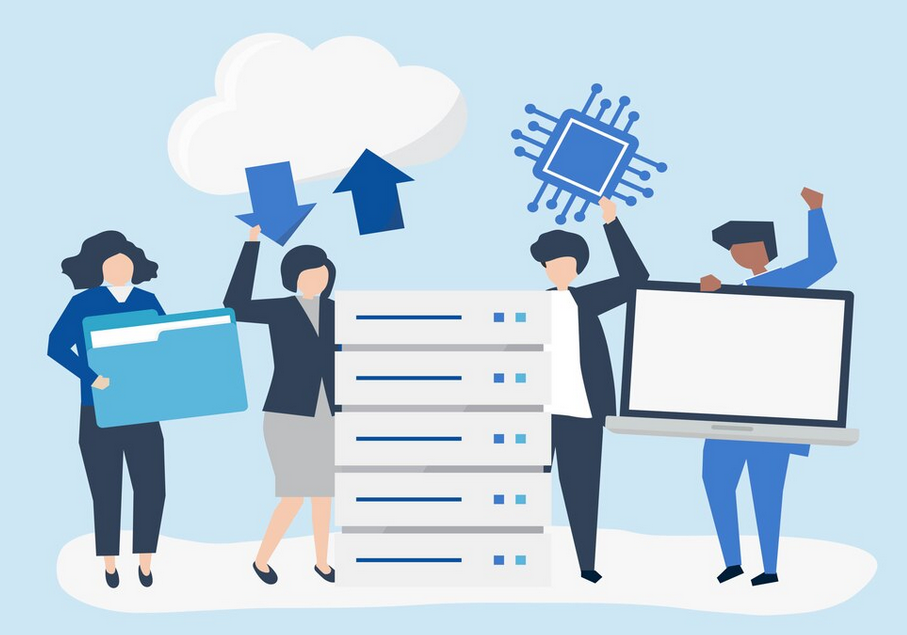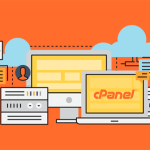Troubleshooting common cPanel database issues can be a bit challenging, especially if you’re not familiar with the nuances of web hosting and database management. cPanel, a popular web hosting control panel, provides a user-friendly interface for managing databases, but problems can still arise. Here are some tips and tricks for diagnosing and resolving frequent database issues in cPanel Database.
Table of Contents
1. Cannot Access Database
Symptoms:
- Database connection errors on your website.
- “Error establishing a database connection” message.
Possible Causes in cPanel Database :
- Incorrect database credentials.
- Database server issues.
- Corrupted database.
Solutions for cPanel Database :
- Check Credentials: Ensure that the database username, password, hostname, and database name in your configuration files match those in cPanel. For WordPress, this would be in
wp-config.php; for other CMSs, check the relevant configuration files. - Verify Hostname: Often, the database hostname is ‘localhost’, but sometimes it may differ. Verify this in cPanel under ‘MySQL Databases’ or contact your hosting provider for the correct hostname.
- Repair Database: Use the ‘phpMyAdmin’ tool in cPanel to check for database corruption. Select the database, check all tables, and use the ‘Repair Table’ option if needed in
- Repair Database: Use the ‘phpMyAdmin’ tool in cPanel to check for database corruption. Select the database, check all tables, and use the ‘Repair Table’ option if needed in cPanel Database
2. Slow Database Performance
Symptoms:
- Sluggish website performance.
- Long loading times for database-driven pages.
Possible Causes:
- Inefficient queries.
- High traffic or large amounts of data.
- Lack of indexing.
Solutions:
- Optimize Queries: Review and optimize SQL queries for efficiency. Tools like MySQL’s
EXPLAINcan help understand query performance. - Database Optimization: In phpMyAdmin, use the ‘Optimize Table’ feature to streamline your database tables.
- Indexing: Ensure that your database tables are properly indexed. Indexes can significantly speed up query performance.
3. Database Permissions Issues
Symptoms:
- Access denied errors.
- Unable to perform certain actions like adding or modifying data.
Possible Causes:
- Incorrect database user permissions.
- Database user not assigned to the correct database.
Solutions:
- Review Permissions: In cPanel, navigate to ‘MySQL Databases’ and check user privileges. Ensure that the database user has the necessary permissions for the actions you need.
- Update Privileges: If needed, use phpMyAdmin to adjust user privileges by selecting the database, going to ‘Privileges’, and modifying the relevant permissions in cPanel Database.
4. Database Backup and Restore Problems
Symptoms:
- Issues creating or restoring database backups.
- Backup files are missing or corrupted.
Possible Causes:
- Backup process failure.
- Corrupted backup files.
Solutions:
- Verify Backup Process: Check the backup logs in cPanel to ensure that backups are being created correctly. Ensure you have enough storage space for the backup files.
- Restore Carefully: If restoring from a backup, make sure to import the correct file format. Use phpMyAdmin’s ‘Import’ feature to restore databases from SQL files.
5. Database Size and Storage Issues
Symptoms:
- Errors related to disk space.
- Failure to insert or update records due to storage limits.
Possible Causes:
- Exceeding disk quota.
- Large database files.
Solutions:
- Check Disk Quota: In cPanel, check your account’s disk usage under ‘Disk Usage’. If you’re nearing your limit, consider upgrading your hosting plan or cleaning up unnecessary files.
- Optimize Data Storage: Remove obsolete data, logs, or old backups to free up space. Regularly clean up and optimize your database to prevent excessive growth.
6. Database Corruption
Symptoms:
- Errors when accessing or querying the database.
- Missing or broken data.
Possible Causes:
- Unexpected server shutdowns.
- File system issues.
Solutions:
- Repair Tables: Use phpMyAdmin’s repair function to fix corrupted tables.
- Check Server Logs: Review server logs for any signs of file system or hardware issues that might have contributed to the corruption.
7. Connecting Multiple Databases
Symptoms:
- Errors or conflicts when connecting to multiple databases.
Possible Causes:
- Incorrect configuration settings.
- Connection limit issues.
Solutions:
- Configure Properly: Ensure that your application is correctly configured to handle multiple database connections. Check connection strings and ensure they don’t conflict.
- Monitor Limits: Be aware of any connection limits imposed by your hosting provider and ensure you stay within these limits.
Conclusion
Troubleshooting database issues in cPanel involves a mix of verifying configurations, optimizing performance, and ensuring proper backups. By systematically addressing each potential issue—whether it’s connection problems, performance bottlenecks, or permission errors—you can maintain a healthy and functional database environment. Always back up your data before making significant changes and consult your hosting provider’s support if you encounter persistent issues.



